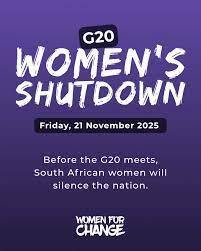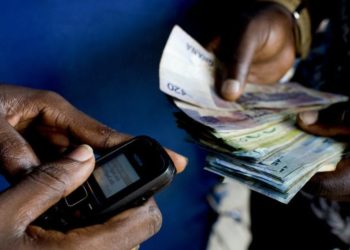In recent weeks, social media in South Africa has turned a powerful shade of purple. The Purple Heart trend, led by the non-profit organization Women for Change, has captured the attention of millions.
South Africans are changing their profile pictures to purple and using the 💜 emoji to protest the country’s skyrocketing rates of gender-based violence and femicide (GBVF) — a crisis the movement demands be declared a national disaster.
The color purple, symbolizing mourning, resistance, and solidarity, has become a digital scream for justice — a plea to a government that has been slow to act in the face of an ongoing epidemic.
Meaning Behind the Purple Heart Trend
The Purple Heart trend is far more than a viral aesthetic. It’s a collective statement: We refuse to die quietly.
Participants flood timelines with purple visuals — from profile photos to banners — to make GBVF impossible to ignore. Each 💜 emoji represents lives lost and voices silenced, but also a shared commitment to resist and reform.
As Women for Change explains, purple signifies courage and dignity. It honors the victims of femicide while empowering survivors and allies to stand together against a culture of silence.
📸 Tip for visuals: Include user-generated images from Instagram or X featuring the purple overlay, tagged with #PurpleHeart, #WomenForChange, or #NationalShutdown.
The Call for a National Shutdown
The campaign’s most powerful component is its call for a “National Shutdown”, urging South Africans — particularly women and allies — to:
-
Withdraw from all paid and unpaid labor for a day
-
Avoid spending money, to demonstrate their economic and social impact
-
Participate in a 15-minute silent lie-down at noon, with one minute for every woman murdered each day in South Africa
This symbolic act is both a protest and a commemoration — honoring the women lost to GBV while demanding urgent government action.
🔗 Learn more about the shutdown from Women for Change.
Why South Africa Is Demanding Change
South Africa’s gender-based violence crisis is one of the most severe globally.
According to the South African Medical Research Council (SAMRC), a woman is murdered every four hours — often by an intimate partner. The UN Women National GBV Study (2022) revealed that over one-third of South African women have experienced physical violence, and nearly 10% have endured sexual violence.
Tragic cases like that of Uyinene Mrwetyana and Karabo Mokoena have become rallying cries for reform, amplifying the message that the nation’s women are not safe — not at home, not at work, not on the streets.

The Power of Digital Activism
Critics sometimes dismiss online activism as performative, but the Purple Heart trend has proven that digital solidarity can drive national awareness.
Through hashtags, purple filters, and shared stories, the movement has:
-
Mobilized grassroots support and mainstream media attention
-
Pressured policymakers to revisit GBV legislation
-
Connected survivors and allies in safe, empowering online spaces
As seen in previous movements like #AmINext, #EndGBVNow, and #TotalShutdownSA, social media serves as a vital amplifier for voices that might otherwise be unheard.
The Purple Heart trend in South Africa is not a fleeting social media moment — it’s a powerful, organized movement built on empathy, grief, and collective defiance.
Every purple post, every shared story, and every moment of silence strengthens the call: End GBV. Declare femicide a national disaster. Protect our women.
When you see a 💜 online, remember — it’s not just a color. It’s a cry for justice, unity, and change.


















